Researchers from The Chinese University of Hong Kong have shown that there are four plasmon bands in (Au core)−(Ag shell) nanorods.
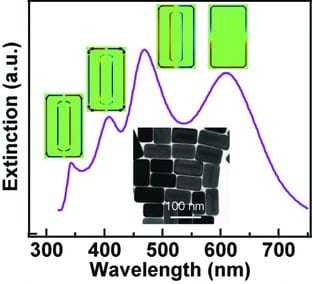

Researchers from The Chinese University of Hong Kong have shown that there are four plasmon bands in (Au core)−(Ag shell) nanorods.
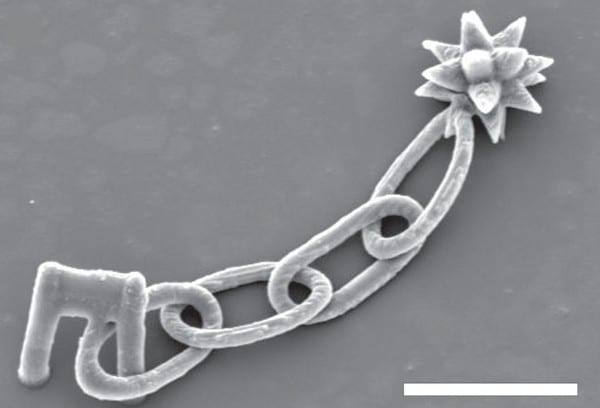
A new MPL reagent, which its creators dub “protogel”, is allowing researchers to create exciting new 3D microstructures.
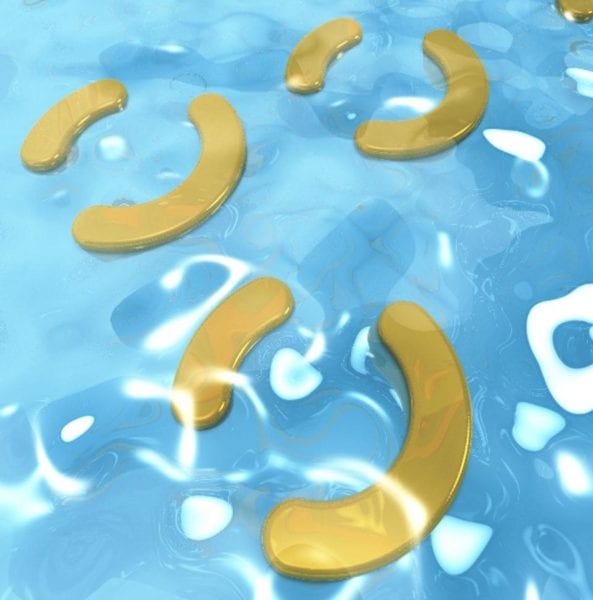
Double split-ring resonators with optimized Fano resonances for refractive index sensing could be realised by hole-mask colloidal nanolithography.

Enzymatic etching used to build nano- and microscale surface topologies.
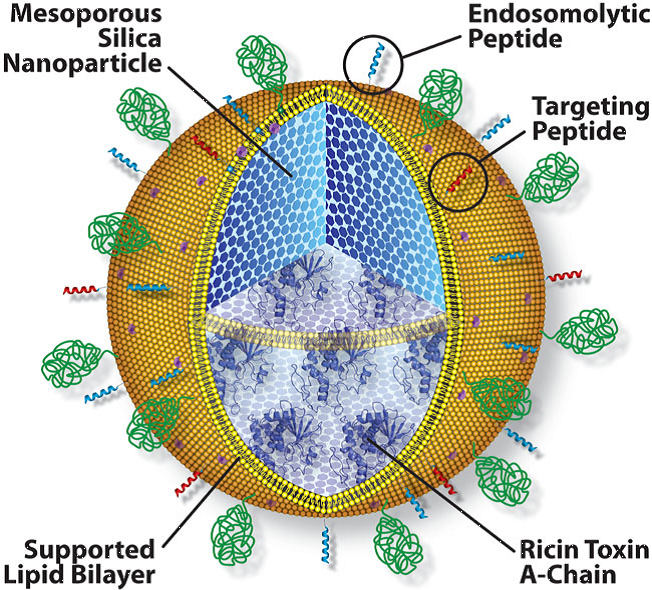
A new hybrid nanoarchitecture has been developed to allow the use of protein toxins such as ricin in cancer treatment.

The combination of high-capacity reusable adsorbents and high-surface-area polyethylene fibers creates a material that can rapidly, selectively and economically extract valuable and precious dissolved metals from water.
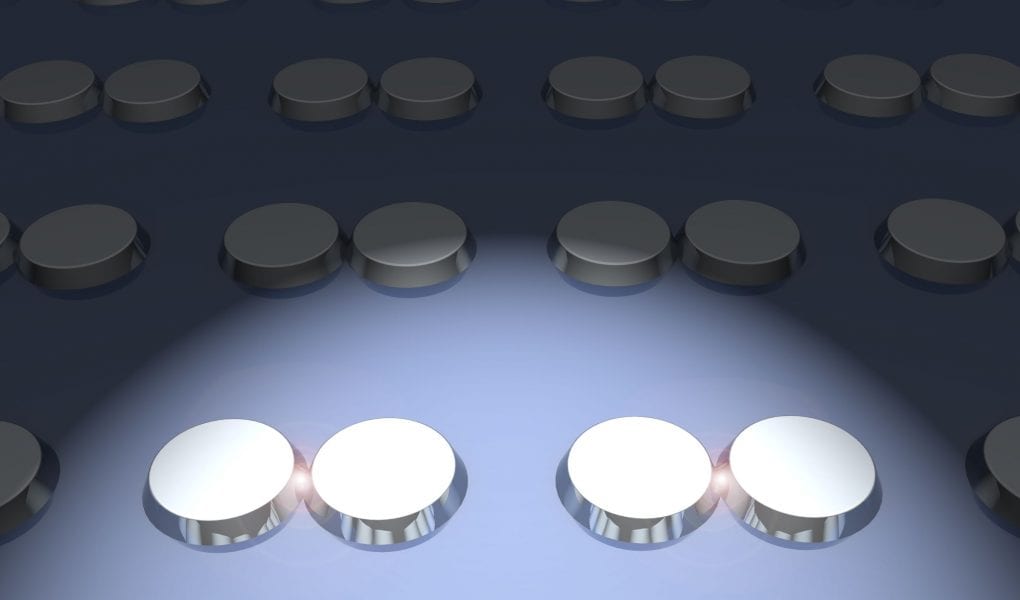
The plasmonic behavior of touching semiconductor disks shows a highly efficient broadband response in the terahertz regime as predicted by theoretical studies.
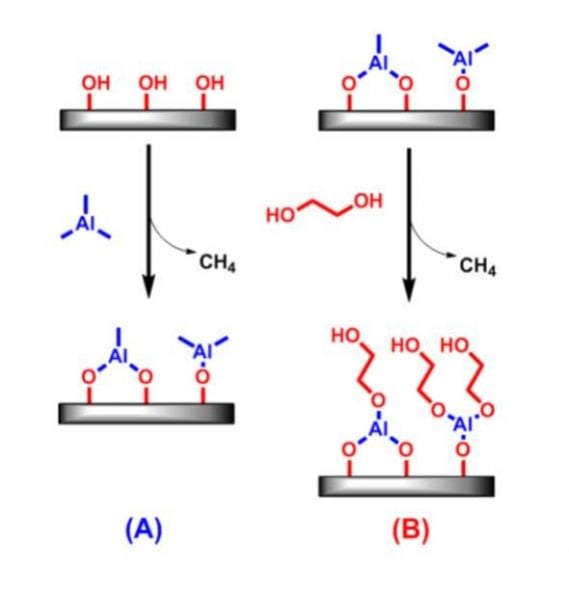
As the applications of nanotechnology grow more sophisticated, the controlled deposition of exceedingly thin layers of materials becomes of ever growing importance. A well-known technique called atomic layer deposition (ALD) can meet this challenge quite well for the...
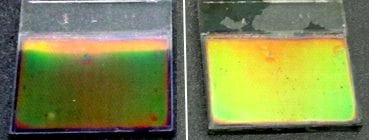
Researchers report the first example of an electrochromic Bragg mirror based on nanoporous multilayers of nickel oxide and tungsten trioxide nanoparticles.
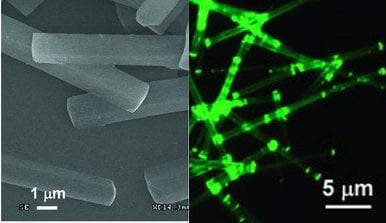
Low-threshold nanolasers based on slab-nanocrystals of H-aggregated organic semiconductors are reported by researchers at the Chinese Academy of Sciences.